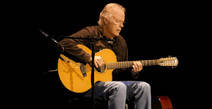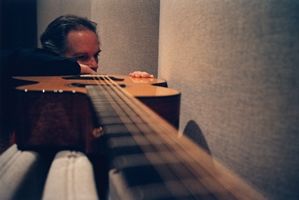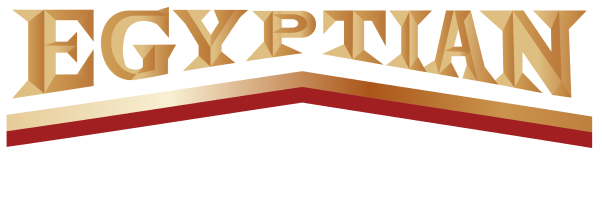
An Evening with Leo Kottke
Event Showtimes:
TICKETS:
HOUSE: $35
FRONT OF HOUSE: $43
CABARET SEATS: $55
NO INTERMISSION
TICKETS PURCHASED AT THE DOOR 30 MIN PRIOR TO SHOW ARE $5 MORE
TICKET SALES ARE NONREFUNDABLE. SEE BOX OFFICE POLICIES FOR FURTHER INFO

Leo Kottke is a widely-recognized master of acoustic guitar. He is known for his innovative fingerpicking style on six- and 12-string guitars, which draws on influences from blues, jazz, and folk music, and his syncopated, polyphonic melodies. Nominated for two Grammy Awards.
Innovative acoustic guitar virtuoso Leo Kottke absorbed a variety of musical influences as a child, flirting with both violin and trombone, before abandoning Stravinsky— “I haven’t been that hip since”— for the guitar at age 11.
After adding a love for the country-blues of Mississippi John Hurt to the music of John Phillip Sousa and Preston Epps, Kottke joined the Navy underage— to be underwater— and lost some hearing shooting at lightbulbs in the Atlantic while serving on the USS Halfbeak, a diesel submarine.
Discharged in 1964, Kottke entered college, dropping out after a year to hitchhike across the country with his twelve string… “Not something I enjoyed, I met too many interesting people.”
After settling in the Twin Cities area and becoming a fixture at Minneapolis’ Scholar Coffeehouse, which had been home to Bob Dylan and John Koerner, he issued his 1968 debut LP Twelve String Blues, recorded on the Scholar’s tiny Oblivion label.
After sending tapes to guitarist John Fahey, Kottke was signed to Fahey’s Takoma label, releasing what has come to be called the Armadillo record. Fahey and his manager Denny Bruce soon secured a production deal with Capitol.
Kottke’s 1971 major-label debut, “Mudlark,” positioned him somewhat uneasily in the singer/songwriter vein, despite his own wishes to remain an instrumental performer. Still, despite battles with label heads as well as with Bruce, Kottke flourished during his tenure on Capitol, as records like 1972’s “Greenhouse” and 1973’s live “My Feet Are Smiling” and “Ice Water” found him branching out with guest musicians and unusual song covers, all the while honing his propulsive finger-picking mastery.
With 1975’s Chewing Pine, Kottke reached the U.S. Top 30 for the second time; he also gained an international cult following thanks to his performances in Europe and Australia.
With his 1976 self-titled release, he moved to the Chrysalis label, although sales diminished for LPs including 1978’s “Burnt Lips,” 1979’s “Balance” and 1980’s “Live in Europe.” After 1983’s T-Bone Burnett-produced “Time Step,” Kottke’s contract with Chrysalis ended, and he moved to the Private Music label, later absorbed by BMG and RCA.
The beginning of his tenure on Private Music coincided with the beginnings of a shift in technique, abandoning fingerpicks for fingertips. “It was like somebody turned the lights on.” After 986’s reflective “A Shout Toward Noon,” he did not re-enter the studio until recording “Regards From Chuck Pink” in 1988.
He released an album annually from 1989 to 1991, following “My Father’s Face,” another T-Bone Burnett production, with “That’s What” and finally “Great Big Boy,” produced by Steve Berlin. Two years later, Kottke returned with “Peculiaroso,” which featured production by Rickie Lee Jones.
The solo “One Guitar No Vocals” followed in 1999, but it was his collaboration with Phish bassist Mike Gordon, “Clone,” that caught audiences’ attention in 2002. Kottke and Gordon followed with a recording in the Bahamas called “Sixty Six Steps,” produced by Leo’s old friend and Prince producer David Z.
Kottke has been awarded two Grammy nominations, a Doctorate in Music Performance by the Peck School of Music at the U of Wisconsin Milwaukee, and he continues touring globally.
Similar Artists:
David Grisman, Bruce Cockburn, Mike Gordon, John Hiatt, Lyle Lovett, Willy Porter, Kaki King.
Web Links:
Official Leo Kottke website
Leo Kottke on Facebook


